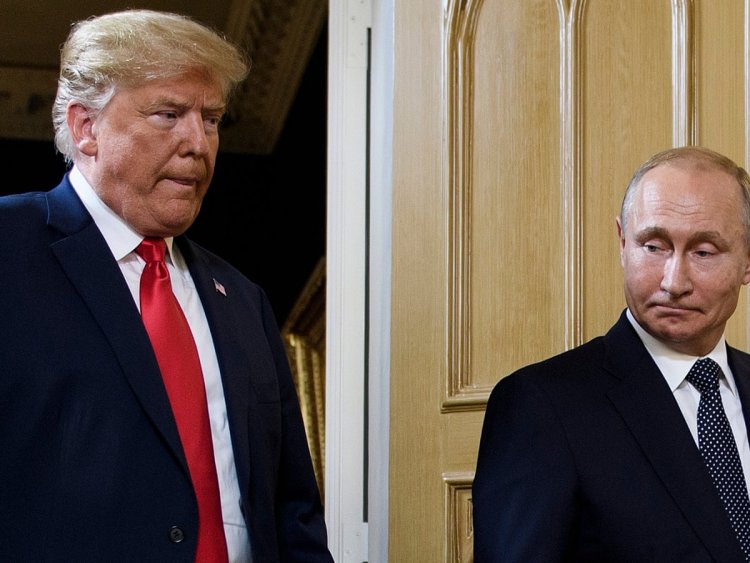A Major Breakthrough in the US-Russia Nuclear Arms Treaty

Washington: The last remaining nuclear arms pact between the US and Russia can be extended after Washington said it wanted to immediately finalise an agreement.
The New Start treaty, signed in 2010, limits the number of long-range nuclear warheads that each side can possess.
But its future has been in jeopardy amid tensions between the two countries over arms control and other issues.
Months of talks have now appeared to have found a breakthrough.
A statement from Russia on Tuesday said it was proposing to extend New Start - which expires in February - by one year, with both countries making a commitment to "freeze" the number of warheads held over that period.
The US had previously rejected any extension that did not involve such a freeze.
In Washington, the US state department welcomed the fresh offer, saying it appreciated Russia's "willingness to make progress on the issue of nuclear arms control".
"The United States is prepared to meet immediately to finalise a verifiable agreement," said spokeswoman Morgan Ortagus.
How exactly each side would verify that nuclear warhead stockpiles were not being increased remains a stumbling block.
Without the treaty, experts say, each side could build and deploy nuclear weapons without restraint, causing a spiralling, costly and potentially dangerous arms race.
Last year, the US formally withdrew from another key nuclear treaty with Russia that banned ground-launched missiles with ranges between 500km and 5,500km (310-3,400 miles).
Washington and the Nato military alliance accused Russia of violating the Cold War-era Intermediate-Range Nuclear Forces Treaty (INF) pact by deploying a new type of cruise missile.
New Start then became the only remaining strategic nuclear arms control pact between Washington and Moscow.
New Start was signed by then US President Barack Obama and his Russian counterpart, Dmitry Medvedev, in 2010.
It replaced the 1991 Start treaty, which expired in December 2009.
The new treaty limits each side to 1,550 long-range nuclear warheads, a lower limit than under the original Start treaty.
Each country is allowed, in total, no more than 700 deployed intercontinental ballistic missiles, submarine-launched ballistic missiles, and heavy bombers equipped for nuclear arms. Another 100 are allowed if they are not operationally deployed - for example, missiles removed from a sub undergoing a long-term overhaul.
Again, this is a significant reduction from the original treaty.
Crucially New Start allows the US and Russia to visually inspect the other's nuclear capability.















































